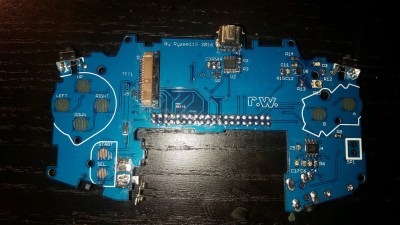It has been quite a ride this year, watching entries pour in during the five challenges of the 2016 Hackaday Prize. Our yearly engineering initiative is designed to focus the skill, experience, and creativity of the world’s tinkerers, hackers, designers, and fabricators to build something that matters: things that change lives. The final ten entries, from more than 1,000, exemplify this mission.
For a brief overview of these entries, check out the videos below where we spend about ninty seconds recapping each one, along with some thoughts from the Hackaday Prize judges. These recap videos will be shown during the Hackaday Prize awards ceremony, held this Saturday during the SuperConference. I would love to invite you to attend but we’re completely sold out. You should, however, jump into the conference chat channel to talk about what’s going on, follow along with the badge crypto challenge, and hear where each entry finishes in real time as the top prizes are awarded.
2016 Hackaday Prize Finalists:
- A New High-Accuracy Tilt Sensor
- Affordable Reflectance Transformation Imaging Dome
- Box0
- Classroom Music Teaching Aid
- Dextra
- Dtto – Explorer Modular Robot
- Facade: Tactile Interfaces to Appliances
- Flypi – Cheap Microscope Experimental Setup
- Lasercut Optics Bench
- Mechaduino
Congratulations to all ten of these finalists, who outdid themselves. Each of the 100 projects that moved past the preliminary rounds has already won $1,000, but these finalists will also be taking home one of five $5,000 prizes, two $10,000 prizes, $25,000 for the runner-up, or $150,000 plus a residency at the Supplyframe Design Lab for the winner of the Hackaday Prize. Which project is that going to be? Find out this Saturday.
Continue reading “The Final 10 Entries Of The 2016 Hackaday Prize”




 It’s not until you notice that it really shouldn’t be playing any games without a cartridge inserted that you know something is not right in the Mushroom Kingdom. When you look inside you see the edge of a Raspberry Pi Zero instead of the card edge connector you expected.
It’s not until you notice that it really shouldn’t be playing any games without a cartridge inserted that you know something is not right in the Mushroom Kingdom. When you look inside you see the edge of a Raspberry Pi Zero instead of the card edge connector you expected.











